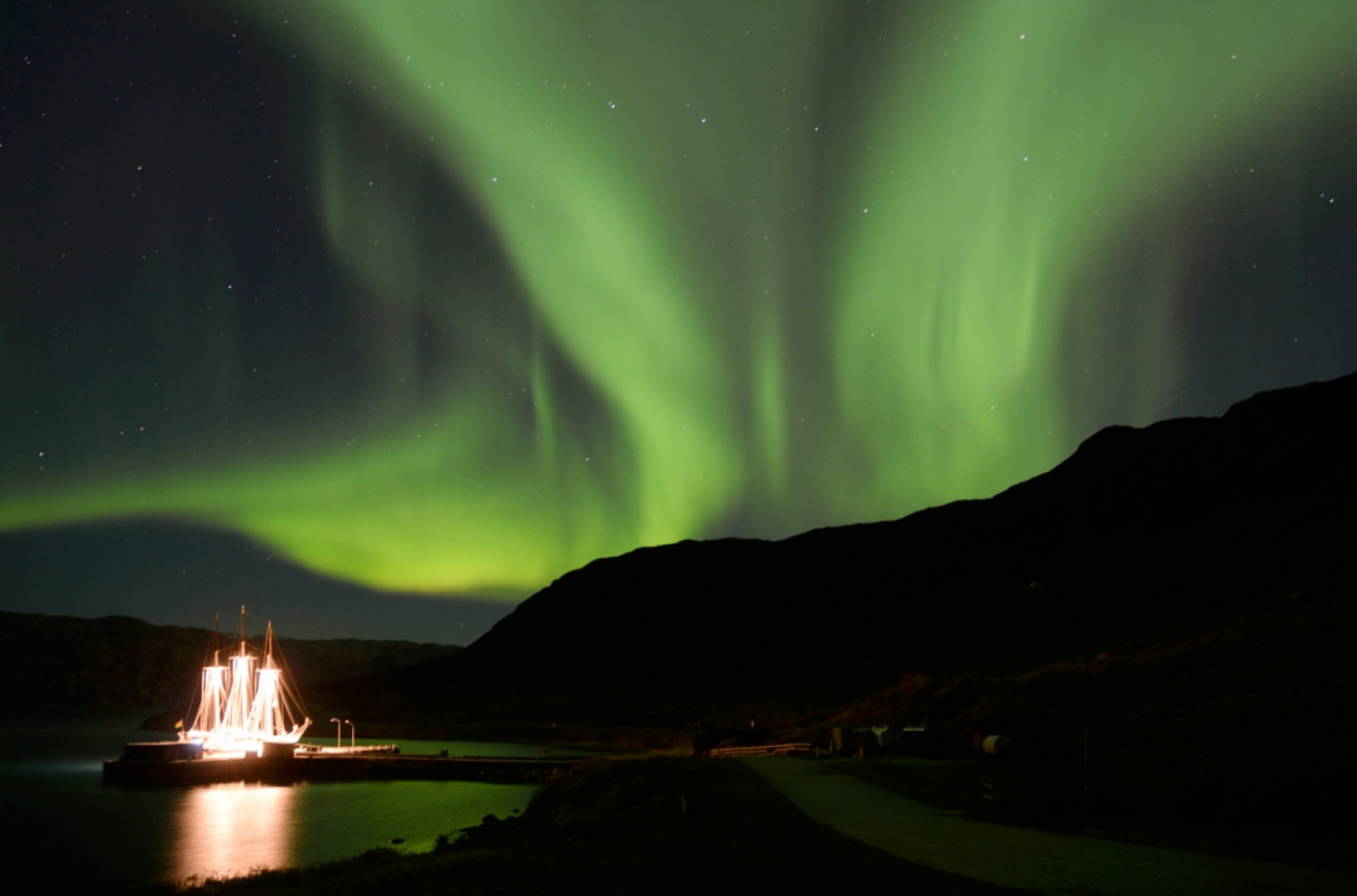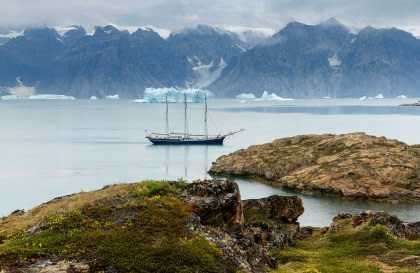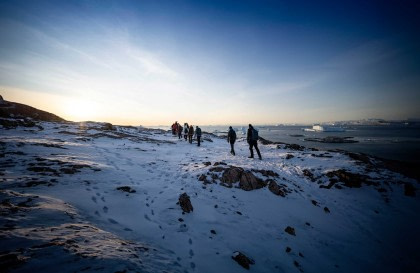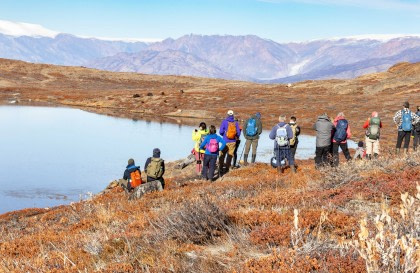The Northern Lights dancing across the skies
The Northern Lights most commonly occur in a belt of radius 2,500 kilometres centred on the magnetic North Pole. This auroral zone extends over northern Scandinavia, Iceland, the southern tip of Greenland and continue over northern Canada, Alaska and along the northern coast of Siberia.
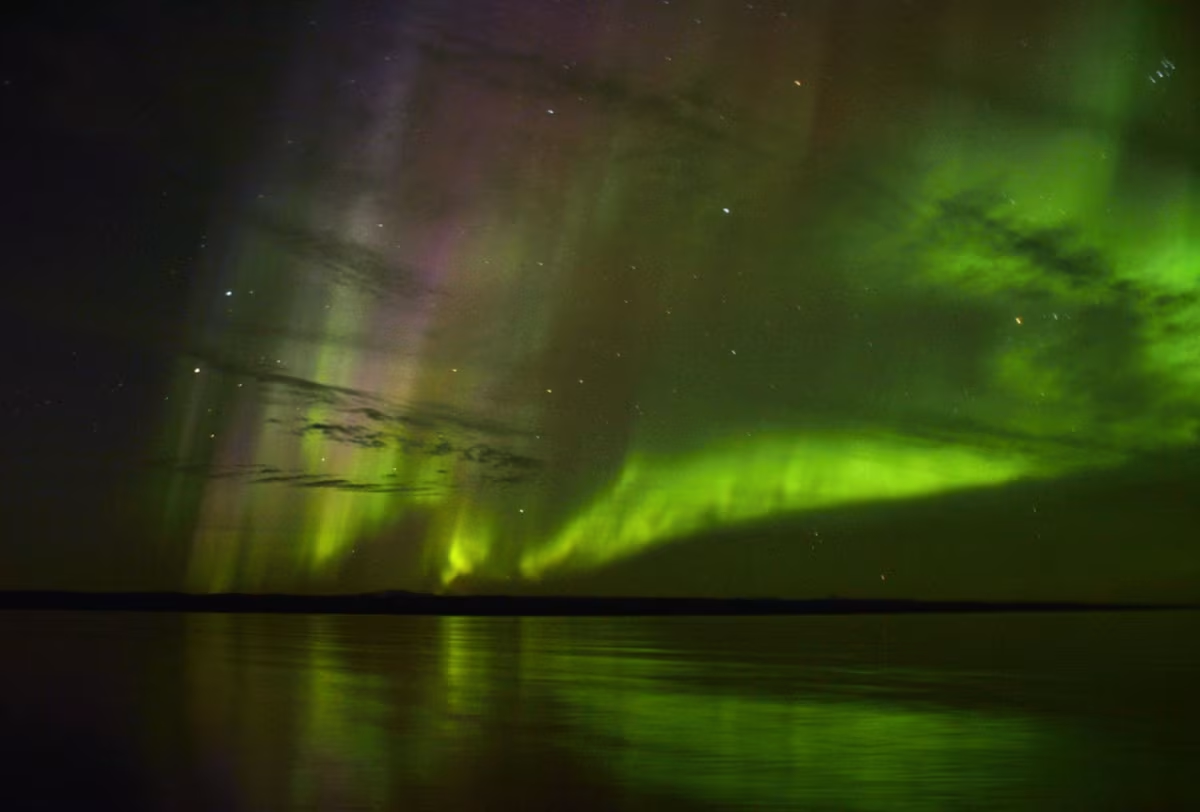
Particles colliding in the skies
The Northern Lights are the result of collisions between gaseous particles in the Earth’s atmosphere with charged particles released from the sun’s atmosphere.
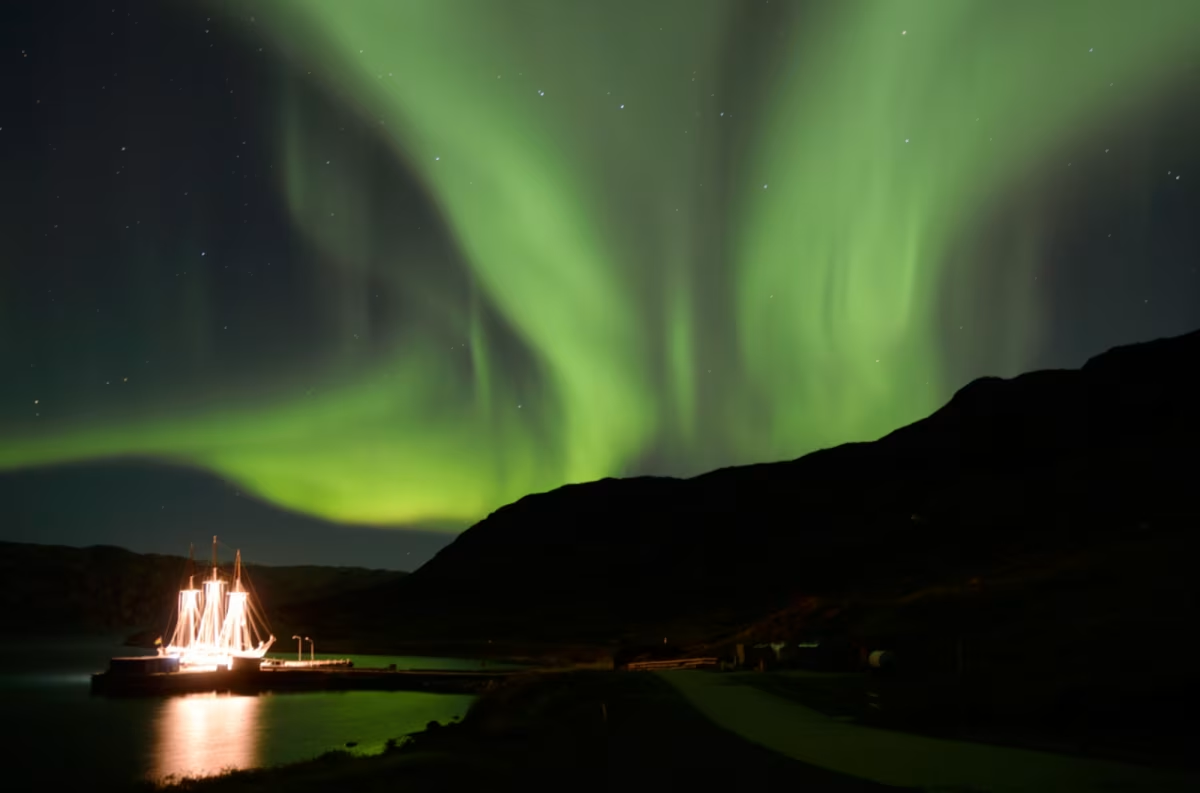
The temperature above the sun’s surface is in the range of millions of degrees Celsius and at this temperature collisions between gas molecules are frequent and explosive. Free electrons and protons are tossed out of the sun’s atmosphere by the rotation of the sun and escape through gaps in the sun’s magnetic field. The charged particles are then blown towards Earth by the solar wind (it takes these winds around 40 hours reach Earth). When the charged particles reach Earth they are mostly deflected by the Earth’s magnetic field. However, the Earth’s magnetic field is weakest at the poles and so some of the particles enter the atmosphere, colliding with gas particles. It is this collision that emits lights in the sky that appear to dance, with the lights extending from 80 kilometres high to as high as 640 kilometres above the Earth’s surface.
Sunspots bigger than Earth
The intensity of the Northern Lights ‘dancing’ in the skies is dependent on how big the sun’s solar flares are, which are enormous explosions on the surface of the sun that occur when a build-up of magnetic energy in the sun’s atmosphere is suddenly released. These solar flares occur near sunspots, which are areas on the sun’s surface that appears dark because they are cooler than the surrounding areas. The sunspots can be enormous in size with one particular one measured to be around 62,000 kilometres across, about five times the width of Earth. Meanwhile, the level of solar activity varies along with the amount of magnetic flux rising to the sun’s surface with the average cycle taking around 11 years. At times of high solar activity there can be up to a 100 or more solar spots on the sun’s surface releasing solar flares and particles out into space.
Solar flares shooting out magnetised gas
When these solar flares explode out, the amount of energy released is the equivalent of 1 billion hydrogen bombs. The solar flares are often accompanied by a coronal mass ejection, which is a huge bubble of magnetised gas blown outwards from the sun. The bubble travels through space at around a million miles an hour, taking from 17 hours to 3 days to cross the distance from the sun to the Earth’s orbit. If one of these extremely large explosions hits Earth it would create a disturbance in the Earth’s magnetic field, creating what is known as a geomagnetic storm, which can damage electrical systems, cause power blackouts, knock out radio communications and disrupt Earth-orbiting satellites.
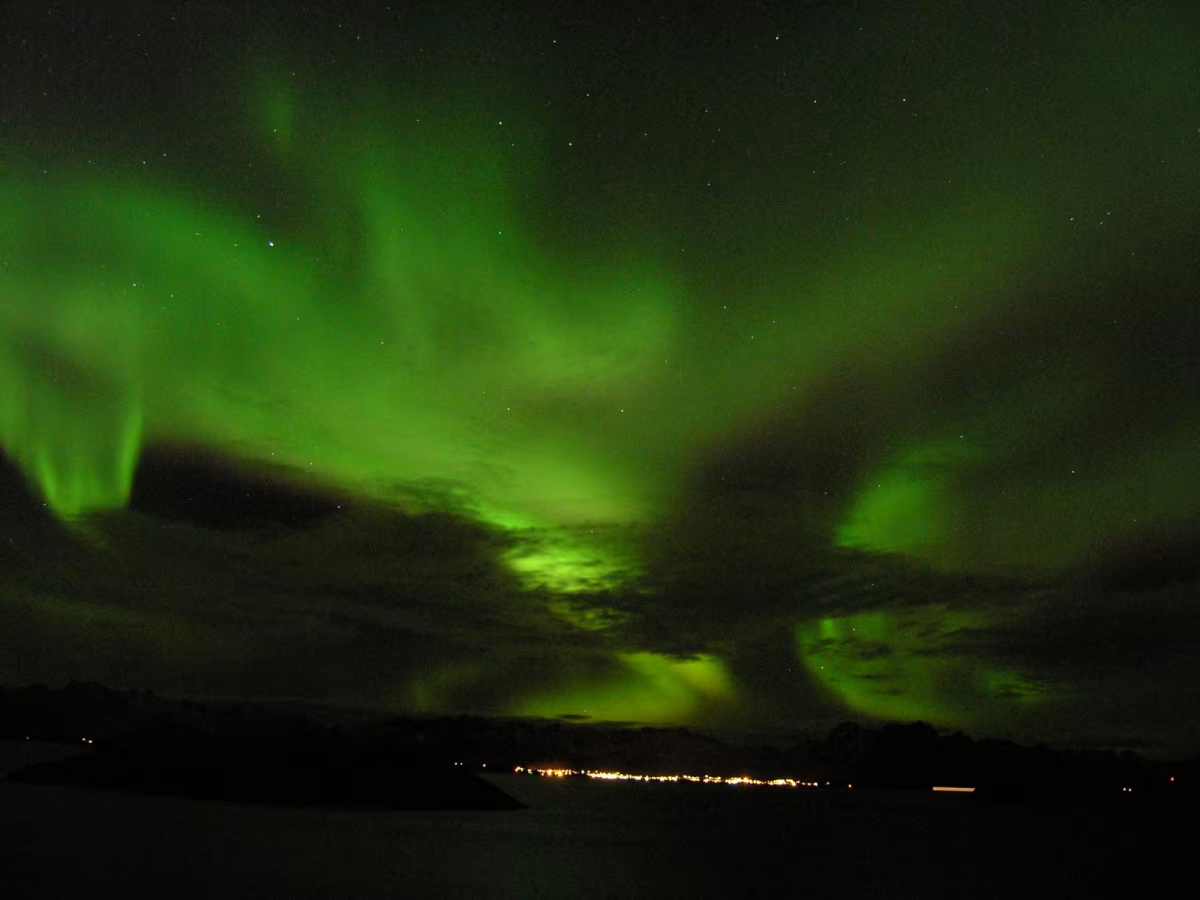
Dancing lights in the skies
The colours seen in the sky are due to the type of gas particles that are colliding, for instance the most common colour – a pale yellowy-green – is produced by oxygen molecules located about 60 miles above the Earth while an all-red sky is produced by high altitude oxygen about 200 miles up, meanwhile the blue and purplish-red colours is the result of nitrogen. The colours are also affected by altitude with green lights appearing up to 150 miles high in the sky, red above 150 miles, blue usually up to 60 miles and purple and violet above 60 miles. One topic of debate has been on whether people have ‘heard’ the Northern Lights. Many people in fact report hearing a ‘swish’ as the lights move and flicker in the sky. Others swear of hearing electrical, crackling sounds from the sky.
Mythology of the Northern Lights
For thousands of years the Northern Lights have been the source of speculation, superstition and simple awe with cave paintings in France dating back 30,000 years having recorded the amazing phenomenon. In superstitious times the lights have thought to be a precursor to conflict or disaster. It was not until 1616 when the astronomer Galileo Galilei used the name aurora borealis to describe the lights with the name having been inspired by the mythical Roman goddess of the dawn Aurora and the Greek name for wind of the north, Boreas.
Seeing the Northern Lights
The Northern Lights can be seen across Alaska, northern Canada, Norway, Svalbard, Greenland, Iceland Sweden and Finland. During times of active solar flares the lights can even be seen as far south as the top of Scotland and even norther England. When there are levels of particular heightened activity on the sun, multiple solar flares can lead to amplified Northern Lights that can be seen right down to the northern parts of the United States. For example, in one extremely rare occasion the lights have been seen even further south with European settlers in New England in 1791 seeing the lights.
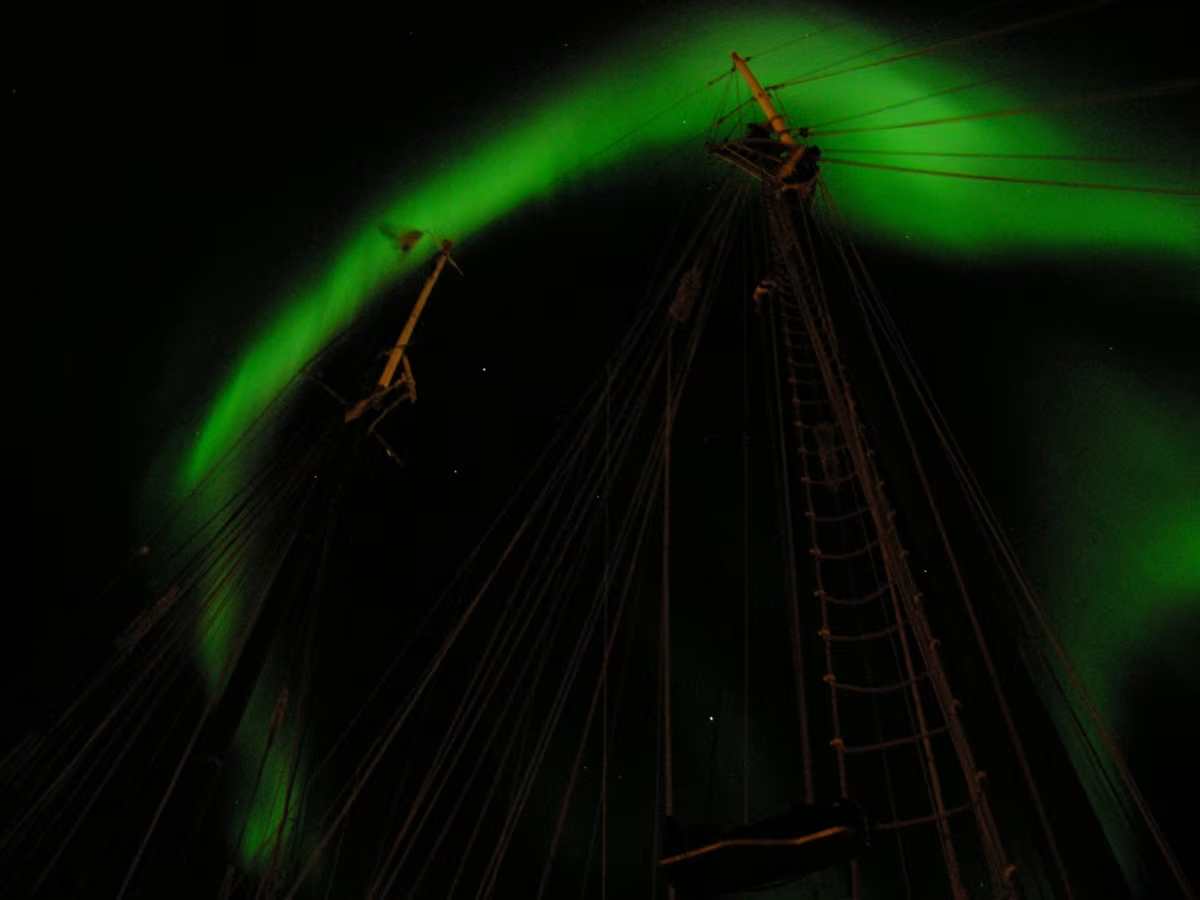
The best times to see the Northern Lights
In parts of Norway and Finland people can see the Northern Lights every other clear night. To bunk a commonly-held view that the Northern Lights only come out during winter, the lights are actually present year-round. It is just that we cannot see them when the nights are light as the background sky has to be fairly dark for the lights to be observed. Practically, it means the Northern Lights can only be seen from the beginning of September until the middle of April.
The Northern Lights are commonly called the ‘night aurora’ because they occur on the night side of the Earth and frequently appear in the early evening and continue into the night. However, in some places that are in complete darkness during midday the Northern Lights can seen. One of the main issues of seeing the Northern Lights is the weather. Because the aurora lies well above the highest clouds there needs to be clear skies to observe the spectacle and therefore cloudy skies are the greatest impediment for auroral observations and so inland regions are better suited than locations near the coast.
Also, the dates around full moons are not conducive for viewing the lights as the background sky becomes too light. One of the more obvious difficulties is city lights and so one must be far from urban centres to view the bright skies of dancing colours. Our Northern Lights trips offer great opportunities to see the lights in Greenland, Spitsbergen and North Norway.
Recreating the Northern Lights
To understand more about the Northern Lights, scientists have recreated the light show in NASA’s Langley Research Center in Virginia. The simulation is made possible by a device called Planterella that combines all the necessary ingredients to recreate the lights including a magnetic field, charged particles and a sphere to display the colourful re-enactment of Earth’s Northern Lights.
The simulator can recreate the atmosphere of the Earth at 80 kilometres in altitude where an aurora is occurring. The lab’s machine is in fact a spinoff of an earlier experiment from the 19th century that first demonstrated the glowing result of electrically-charged particles mixing with a magnetic field. Nonetheless, the experiment has been tweaked for the 21st century with NASA scientists adding several spheres which allows them to recreate the auroral ovals that occur on Earth and several other planets.
Expert tips for photographing the aurora borealis
No photo can replace seeing the northern lights in person, so we highly recommend lowering your camera and absorbing the sight firsthand. It’s only natural, however, that you’ll also want to preserve some of the moment in pictures. To ensure you’re using all the tools at your disposal, check out the video below in which our expedition leader and professional nature photographer Sara Jenner provides her expert advice on photographing the magical northern lights.
